Top investors break down exactly what they consider before making a move in today’s market.
Real estate investing is a pathway to financial independence that many aspire to traverse. Property investment offers unique advantages for those looking to build wealth outside traditional employment. Among them are portfolio diversification, passive income generation, and significant tax benefits.
Navigating this landscape, however, requires more than just capital—it demands strategic thinking, market awareness, and a willingness to learn from those who have already succeeded.
Vanessa said her desire for financial freedom first drew her to real estate investment. “I still have a W2 job. However, I don’t want to wait until I’m 65 to retire. Also, location freedom because this is something that I can manage from the comfort of my home. And the last thing is tax incentives.”
Andrew S. said, “I wanted to try something new to diversify my investments and build some good passive income over time.”
Archana N. shared that her motivation came after she and her husband recognized the amount of time they each worked and were away from their teenagers. “It’s not working out; I was doing 15–16-hour days with two teenage kids. I needed not just something that would be a day-to-day paycheck. It was generational wealth I was thinking of.”
For Anitha, “the daily stress regarding my W2 job was affecting my health, motivating my husband and me to look for other venues to make money.” They saw their parents’ success in real estate investing. “We didn’t want our sons to become corporate servants like us. We want them to learn from our experiences, start the real estate journey earlier, and experience financial freedom.”
Real estate investment thrives even in uncertain economic climates because property remains a tangible asset with intrinsic value. While there may be minor fluctuations in values in the short term, real estate has historically proved to increase in value over time. Whether you are contemplating your first investment property or looking to expand an existing portfolio, understanding profitable investors’ core principles and strategies can significantly impact your outcomes.
Core Principles
In today’s market, particularly as we look toward 2025, investors face unique challenges, including fluctuating interest rates, evolving demographics, and technological disruptions. Yet within these challenges are opportunities for those with the proper knowledge and approach. By examining the methods successful investors use to identify and capitalize on profitable opportunities, we can extract lessons applicable to any investment strategy.
Andrew follows three core principles:
“…having the mindset that this will take time, the faster you want to move ahead, the more time and effort you need to put into it. Recognize that not every deal is going to be a great deal. And make sure to have a good team of people from real estate agents to contractors.”
Vanessa echoed the spirit of Andrew’s last point, as did Archana and Anitha. In addition, Vanessa said, “I want to make sure the numbers make sense, and I can pull my cash out at the end when I’m refinancing because I use the rent-and-hold method. Also, I want to make sure my rentals are built to be durable because I want my renters to be happy. To ensure tenant satisfaction is upheld, that comes with hiring the right property manager by doing a thorough vetting.”
Anitha said, “You’ve got to anticipate the challenges and curve balls and be willing to learn from your peers and mentors. Real estate is a long-term game.”
Analysis Methods
Rigorous financial analysis stands as a nonnegotiable principle. Successful practitioners develop systematic approaches to evaluating potential investments, often using specialized calculators or spreadsheets that standardize their analysis process. These tools help ensure consistent consideration of all relevant factors while minimizing the risk of overlooking critical variables that could impact profitability.
Successful investors develop clear parameters for the types of properties they target, often called their “buy box” or “property avatar.” These criteria typically include specifications about property type (single-family, multifamily, commercial), age range, size, construction quality, and layout characteristics. Establishing these guidelines in advance streamlines the evaluation process and prevents wasted effort on properties that don’t align with the investor’s strategy.
For the property selection process, all three investors have similarities and distinct differences.
Vanessa follows the 70% rule, meaning 70% of the ARV should equal her acquisition and rehab costs. The property must also be in an up-and-coming area with a good appreciation or cash flow.
Archana’s focus on the BRRR (Buy, Rehab, Rent, Refinance, Repeat) method of long-term rental potential stays focused on the property characteristics or, as she stated, avatar. She can use that as the model for examining the numbers, property size, appraisal, and potential rental income. She also keeps a spreadsheet with all the properties she is interested in, looking at how long they have been on the market. The longer the property is on the market, the more she can negotiate with the seller.
Andrew targets an area first, then looks for property “buy box” or characteristics. Then he looks at the numbers, particularly the upfront buy. He said, “If you buy the right places at the right price, everything else will work out.”
Also focusing on property rentals, Anitha is first looking at property affordability. “We always try to stick to less than $100,000, preferably lower. We have a mantra of three beds and one bath, a single-family home, and a minimum square footage of 1,000 square feet in areas with less crime, key employers, and affordable rents between $1,600 to $2,000 per month.”
Understanding short-term and long-term profitability metrics enables investors to align their strategies with their financial goals. Although some focus primarily on cash flow through rental income, others prioritize equity building through appreciation and selling the property for a profit. The most sophisticated investors consider both perspectives, recognizing that different properties within a portfolio might serve different financial objectives depending on market conditions and personal circumstances. Methods for analyzing the investment potential can vary somewhat, but the consistent theme is always taking the time to research for the chosen method.
Andrew said, “There are several factors that go into profitability. What can you buy it for, what will it cost to do the rehab, and what does the ARV look like? Knowing those numbers, analyze if I’m buying and rehabbing at 65 to 70% LTV. This helps look at how much you are making monthly from the profit. While short-term profitability is great, I focus on building that asset base with appreciation to move out of the W2 world.”
For-profit potential, Anitha uses a “template that looks at minimum purchase value. We always try to get a cash flow of $200-$250 per month using a standard approach of deducting PITI (principal, interest, taxes, and insurance) and allowing for CAPEX (property improvement investments) and OPEX (operating expenses).”
Like the others, Archana looks at potential cash flow. In addition, she said, “I have started talking to property managers. They’re a wealth of information. They know the area better and which ZIP codes will give you better rentals and appraisals. I talk to property managers before buying and giving out a bid.”
100% Financing
Creative funding solutions through private lending enable successful investors to maximize acquisition capacity without depleting personal resources. The investors interviewed in this article discussed their experiences with buy-and-hold real estate investing. This approach involves buying a property, paying for the rehab with a short-term bridge loan, and then refinancing into a long-term loan for the property.
Many use specialized loan programs designed specifically for investment properties, such as the 100% Fix-and-Flip Premier Loan that Rehab Financial Group offers. The structure of this program provides no-down-payment funding for both purchase and rehabilitation costs. Investors can undertake projects with minimal out-of-pocket expenditure if they keep more cash at the closing table.
The additional benefits Rehab Financial Group offers include personal service during every step of the process, no income verification, less paperwork required for same-day approval, and fast closing funding—as soon as five to 10 business days.
Andrew discussed his experience using the unique RFG 100% short-term loan as the first step in his buy-and-hold efforts. He said, “The RFG 100% fix-and-flip loan program has been huge for me. It’s allowed me to get into properties at a minimal out-of-pocket cost and get that initial purchase and rehab work done to turn it in and refinance. The service I receive is excellent. Whenever I reach out, they respond quickly, even through the draw process.”


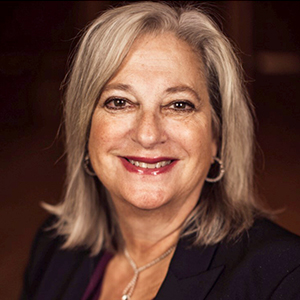







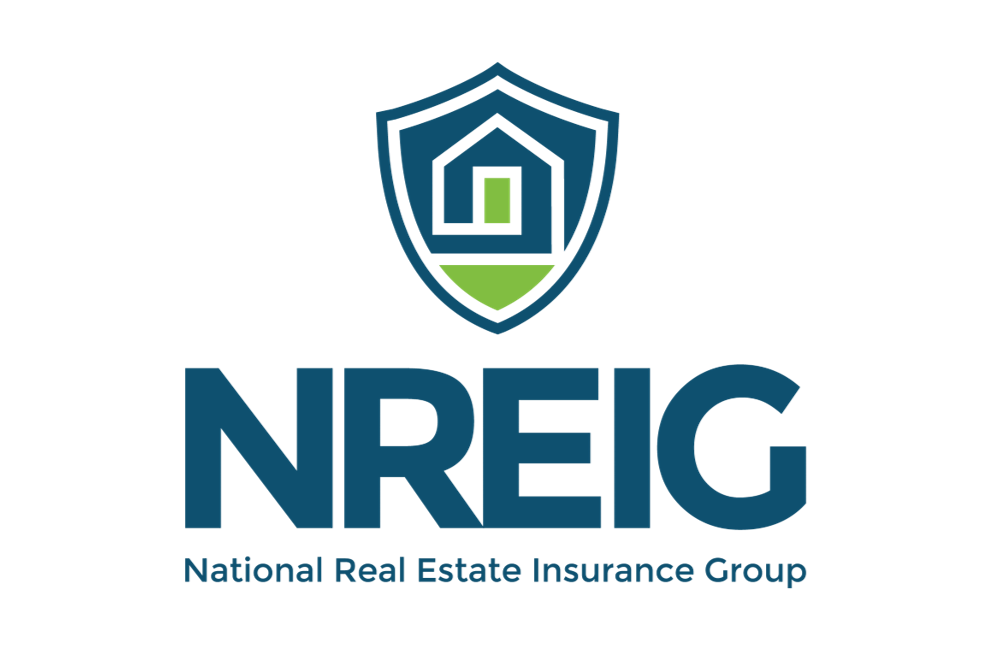
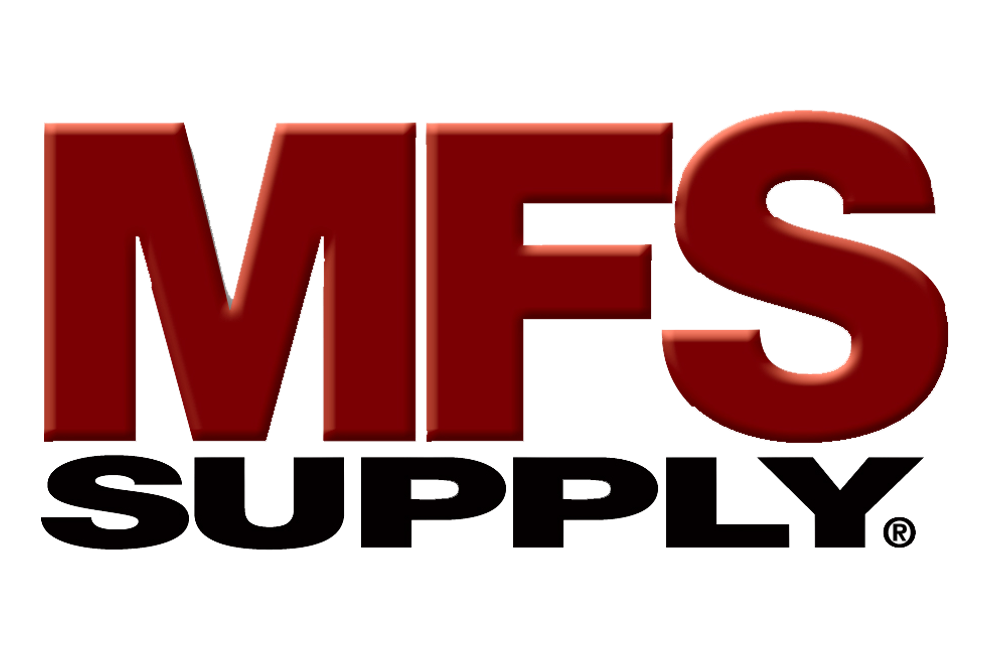

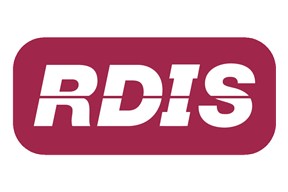

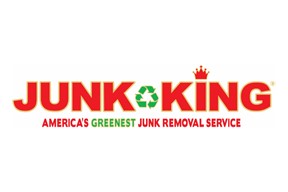
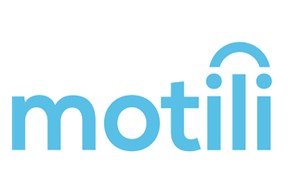


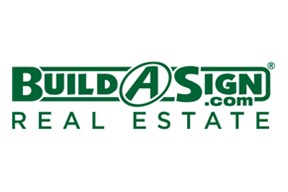
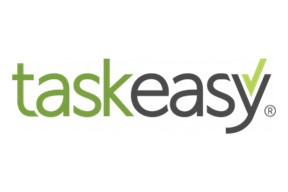
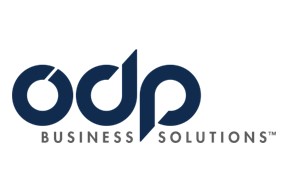
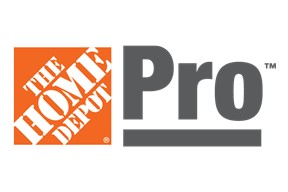
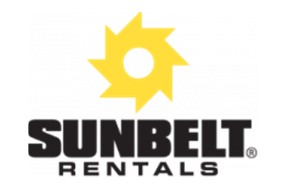
0 Comments